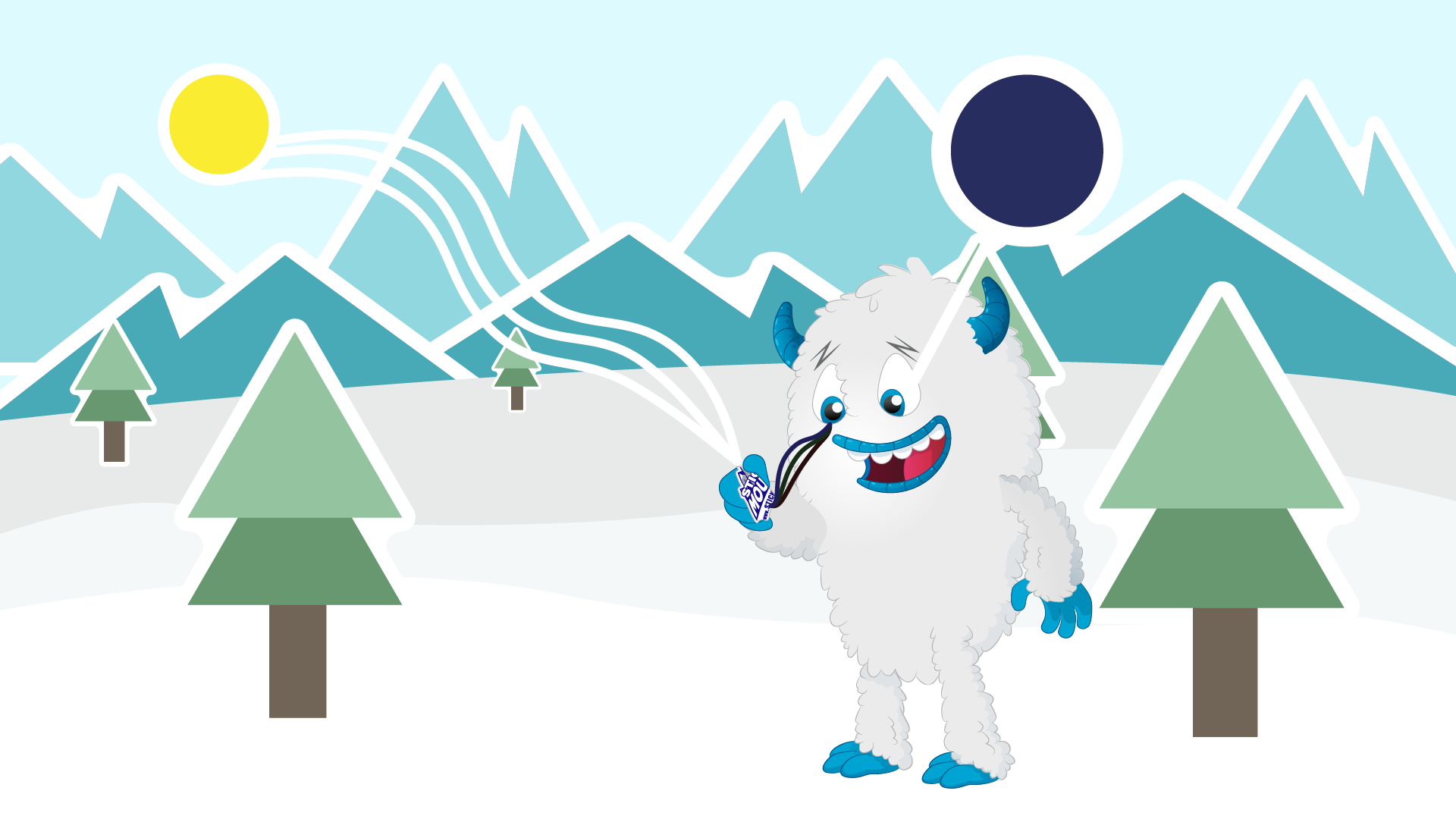Color Theory Basics

Color is all around us. We all see it, but we all see it differently. As trained printers and designers, we have a special eye when it comes to color, and we want to help show you what we see.
Sticker Mountain is here to help you. Today, we’ll be covering the topic of color theory and how that is a huge part of how we see the world, and how we print your stickers and labels.
How do we see color?
Color is the result of three key things: light, an object, and our eyes. Light produces wavelengths, that bounce off an object and either absorb or reflect certain wavelengths back into our eyes and we see a particular color.
Next, we’re going to define a few key terms that help us describe color.
Hue:
The purest form of color, so without any other tints or shades added to it. It can also be a color’s name such as red, blue, or green.
Saturation:
The intensity or the purity of a color. When it comes to printing, as we add more ink to the surface, the color becomes more and more saturated.
Lightness:
The scale from white to black. In printing, we use this scale to adjust how bright or dark a color is.
Color Space: The original group of colors at your disposal.
There are different color spaces that you might recognize, such as RGB, and CMYK. Our human eyes have their own color space that fancy scientists call the CIE color space. This is a graph of the visible color spectrum and all the other color spaces that can fit inside, but not fill completely. At Sticker Mountain, we use the LAB color space.
Color Gamut: The capability of a device to display certain colors spaces or the range of colors you can make with the original colors you have at your disposal.
The range of colors in the RGB color space is slightly different than the color range using the CMYK color space. That’s because they use different methods to create color. RGB uses light to create color for digital displays, such as the one you’re using now to read this. CMYK uses ink to create color for printing images, such as the cool sticker and labels we make. When you try to match a color that lies outside of your color space, it is called out of gamut, meaning that space cannot produce the color you want accurately in a different color space.
CMYK: A color model that creates white by subtracting color.
CMYK stands for cyan, magenta, yellow, and key or black. The colors are layered together on a sheet of paper using tiny dots of ink. The larger the dot of ink, the more that color is represented, and the more those colors overlap, the darker they get. Since cmy alone doesn’t make as dark of a black as needed, we add black ink to get the richness we desire.
We hope this gave you a basic understanding of color, and what certain terms mean in the world of printing. We will be posting more blogs, and videos, covering different topics surrounding color and printing in order to better help you understand what we do.
Sticker Mountain’s promise to you
When you work with Sticker Mountain, you work with the experts who have traveled the journey to color matching your label or sticker many times before. From small flash runs to large, long-term contracts, we have the experience you need to take your dreams to the next level.
Our team and customer service staff are standing by to help you make the jump to the labels you deserve. Get in contact with us today and let’s start reaping the rewards together.

